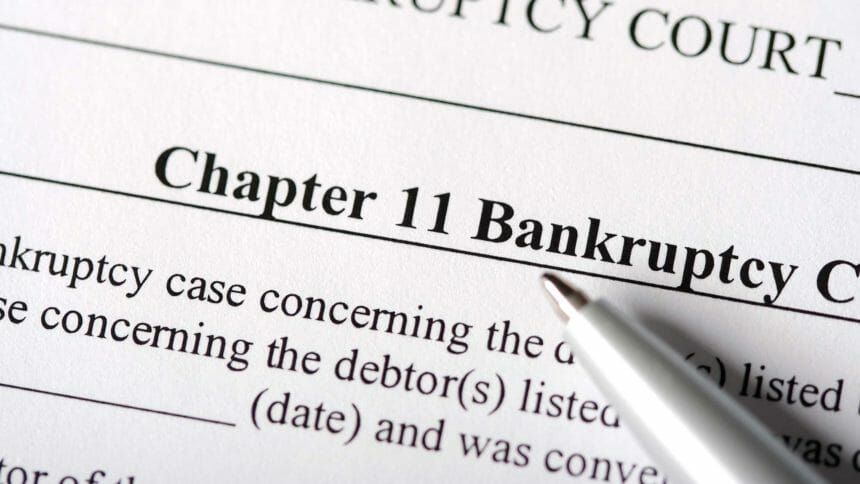
Bankruptcy filings in the healthcare industry — including those in senior living and care settings — are trending approximately triple the level seen in 2021, according to a new report by Gibbins Advisors.
According to the report, healthcare bankruptcy filings as of June 30 are trending materially higher than historical filings, with 40 bankruptcies filed in the first half of 2023, compared with 46 filings in all of 2022. In 2021, there were 25 filings; 2020, 45; and 2019, 51.
The report includes only cases with liabilities of more than $10 million.
The long-term care and pharmaceutical subsectors comprise approximately half of the total healthcare bankruptcy filings, according to the healthcare restructuring consulting firm.
“As has long been the trend, we expect continued distress and market consolidation in senior care as well as pharma and biotech,” said Clare Moylan, principal at Gibbins Advisors.
Long-term care bankruptcies more than doubled in the first half of this year, compared with the second half of 2022, according to the data. Interest rates are a prime culprit in the increasing number of healthcare bankruptcy filings, followed by labor and supply cost pressures. Additionally, according to Gibbins, pandemic-related protections on continuous Medicaid enrollment expired this year, which may have an effect on providers’ viability.
“Since mid-2022, we’ve seen interest rates increase to the highest level they have been in 15 years,” Moylan said. “While this has put pressure on cash flow for those highly levered with floating rate debt, it also impacts restructuring options because it means expensive short term funding, higher thresholds for refinancing, lower valuations and more difficulty obtaining finance to fund transactions.”
In June, one of the nation’s largest nonprofit continuing care retirement communities — Evangelical Retirement Homes of Greater Chicago, doing business as Friendship Village of Schaumburg — filed for bankruptcy, citing pandemic losses and struggles to recruit new residents during the pandemic in filing for bankruptcy.
And as McKnight’s Long-Term Care News previously reported, nursing homes continue to account for a large portion of the healthcare bankruptcy filings in 2023. Experts warn that a a structural Medicaid pay lag, will continue to test providers’ viability.


